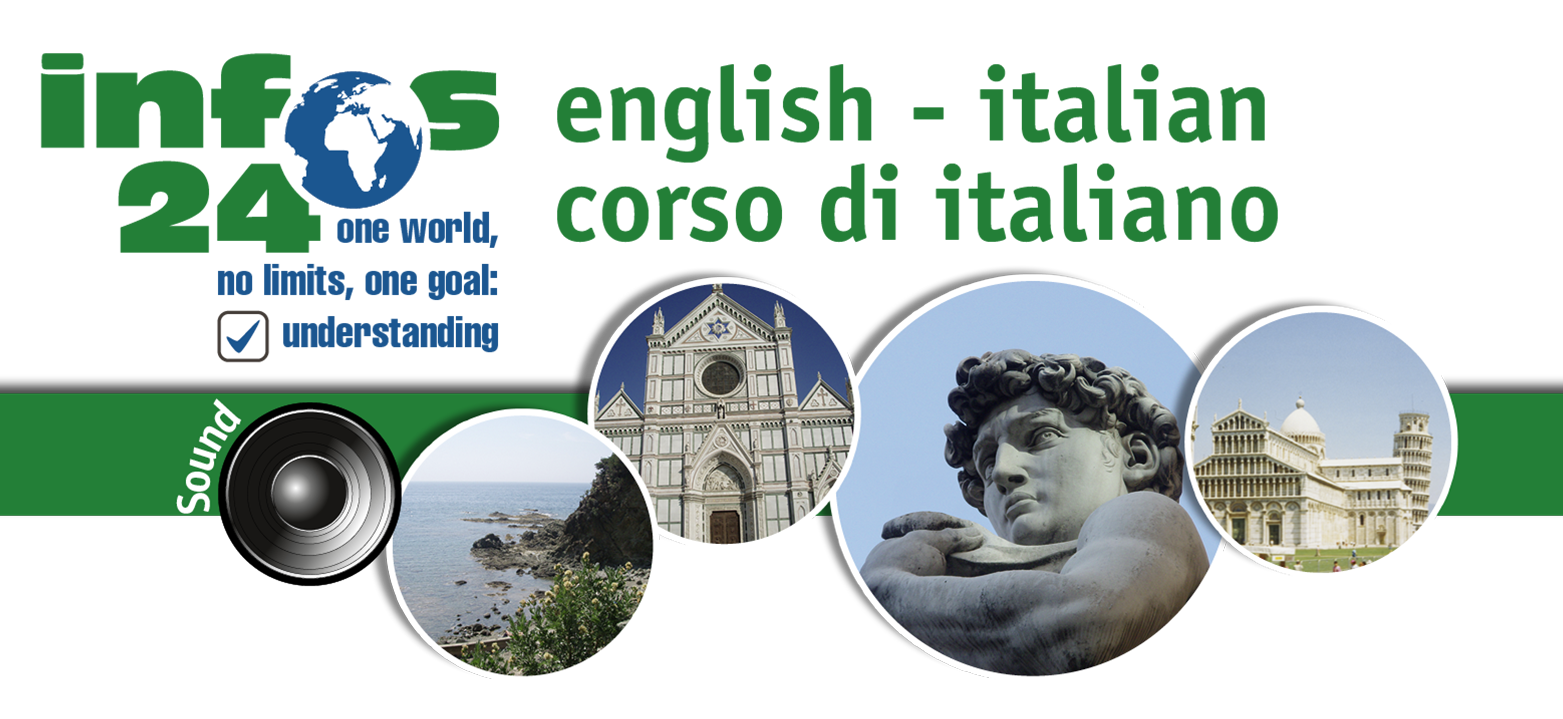| examples |
|
| Di quanta farina si ha bisogno per fare una torta? |
|
| How much flour is needed to bake a cake? |
|
| Quanto vino hai comprato? |
|
| How much vine did you buy? |
|
| Quanti soldi hai speso per questo? |
|
| How much money did you spent for it? |
|
| Quante sigarette hai fumato oggi? |
|
| How many cigarettes have you smoken today? |
|
| dove = where |
| Dove hai imparato lo spagnolo? |
|
| Where did you learn Spanish? |
|
| Dove sei stato? |
|
| Where have you been? |
|
| In front of è, era and erano the finale e is omitted, dove becomes dov'. |
|
| Dov' è adesso? |
|
| Where is he now? |
|
| Dov' era ieri? |
|
| di dove and da dove |
|
| one say |
|
| Di dove sei? = Where are you from? (for instance which country, which nationality) |
|
| but |
|
| Da dove vieni? =
Where do you come from? (for instance from the house, the garden, the city...) |
|
We will discuss the difference between di and da in the chapter preposition. Here, some remarks are enough. Where...from combined with essere is to be translated with di dove, but combined with any other verb it is to be translated with da dove.
If you speak Spanish or French you should be aware that to the preposition de in Spanish or France correspond two prepositions in Italian: di and da. |
|
| to describe the place someone comes from |
| French: Il vient de Paris |
|
| Spanish: Viene de Paris. |
|
| Italian: Viene da Parigi. |
|
| English: He comes from Paris. |
|
| genitive |
|
| French:La porte de la maison. |
|
| Spanish: La puerta de la casa. |
|
| Italian: La porta della casa. |
|
| English: The door of the house. |
|
| required by the verb |
|
| French: Je le sais de lui. |
|
| Spanish: Lo sé de él. |
|
| Italian: Lo so da lui. |
|
| English: I know it from him. |
|
| For the moment we just need to know that the preposition da is used together with a verb which describes a movement or if the source where something comes from is mentionned (The water comes from the fountain). |
|
